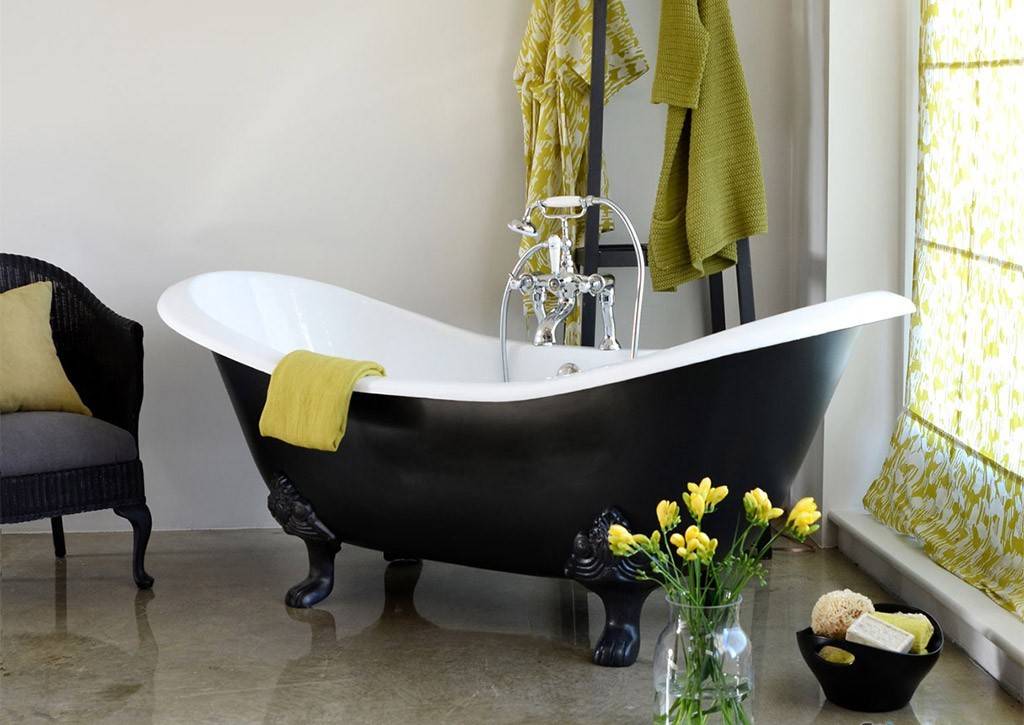XRP vs BTC
Bitcoin transaction confirmations can take minutes or hours and are typically associated with high transaction costs…

The right way to buy a bathtub is not according to the maximum capacity of the room, but according to the height and size of its future users.
2022-09-14, by Ted Jackman, Independent Financial Adviser
#Home || #Bath || #Room ||
Too large bathtubs turn out to be uncomfortable in practice. It is better when 1) the bathtub is tailored to the users and 2) fits in the doorways.
The most important thing about acrylic bathtubs is the quality of the raw material. Finding real acrylic is not easy, as there are many "fakes" made of ASB-plastic. It is ASB-plastic that has a specific plastic smell, cracks, turns yellow and gets stained.
The problem is that the catalogues and price lists often contain wrong information, and it is almost impossible to distinguish the materials visually, by feel or with a torch.
A nuance to consider is that some acrylic bathtubs may have an unpleasant smell due to the reinforcing layer of glass fibre.
Cast iron products are valued for reliability and durability - a cast iron bathtub with periodic refurbishment of the enamel can last 50 years or more. Heavy duty baths are sturdy and have a generous, robust look. The downside of heavy weight is difficulty in delivery and installation.
the enamel is applied to the cast iron base in a separate layer - prone to chipping and cracking, easily scratched and damaged;
the enamel needs to be repaired by specialists.
The range of cast iron bathtubs is represented by standard shapes - rectangular and oval. Cast iron heats up slowly, so for a comfortable bath you need to draw water a little hotter than usual.
Increasingly, alternatives to cast iron bathtubs are being favoured:
Shops offer a wide range of composite bathtubs. They have different names: cast marble, artificial stone and many patented materials (Quarrycast, SilkStone, Solid Surface, etc. - see more options here https://ecotubstlouis.com/ ).
Composite materials are produced by baking, the difference is in the composition of the initial powder. But it is the raw material that determines the quality of the sanitary ware. The problem is that few factories disclose the technology of production and composition of their raw materials, and advertising brochures may contain unreliable information.
There are two things to consider when choosing optional features - budget and expediency. Options may be pre-installed from the factory or integrated into the bathtub on request.
If you have a limited budget, do not go for a bathtub with many options or even a 'simple' whirlpool. Technical quality and quality of fittings are not likely to meet expectations.
Assess how actively you will use this or that function in real life. Each functional addition will require additional care and maintenance.